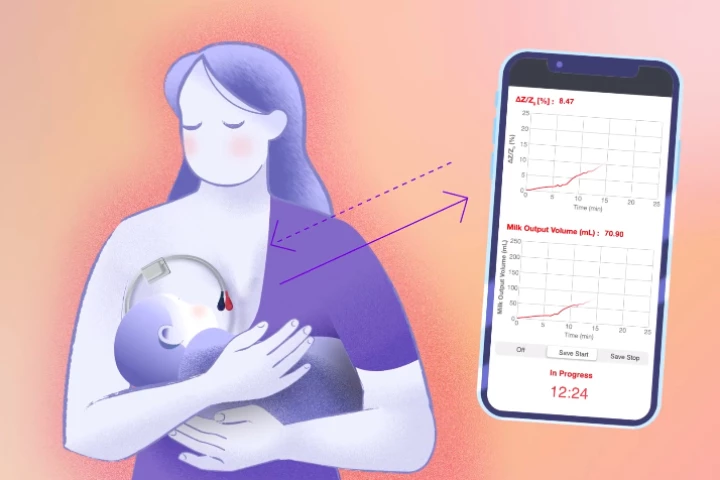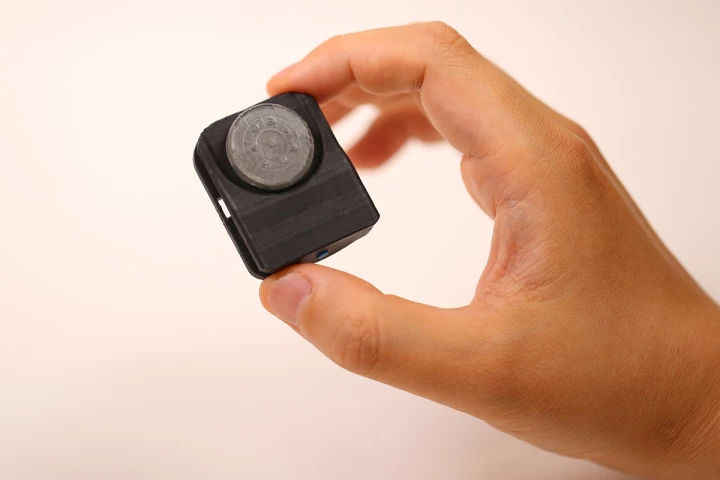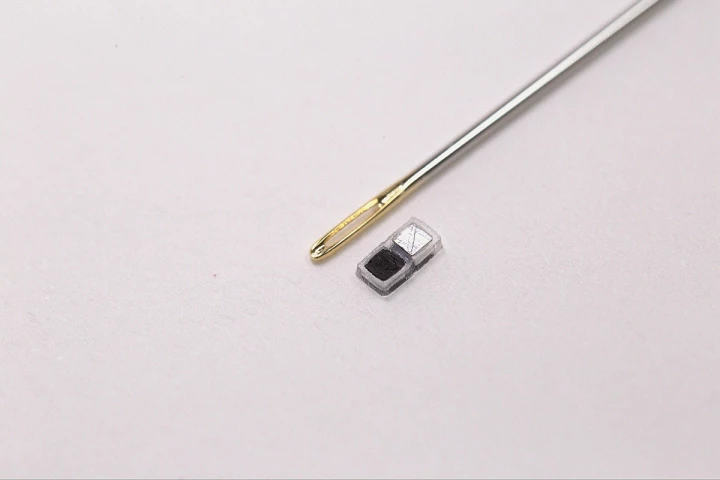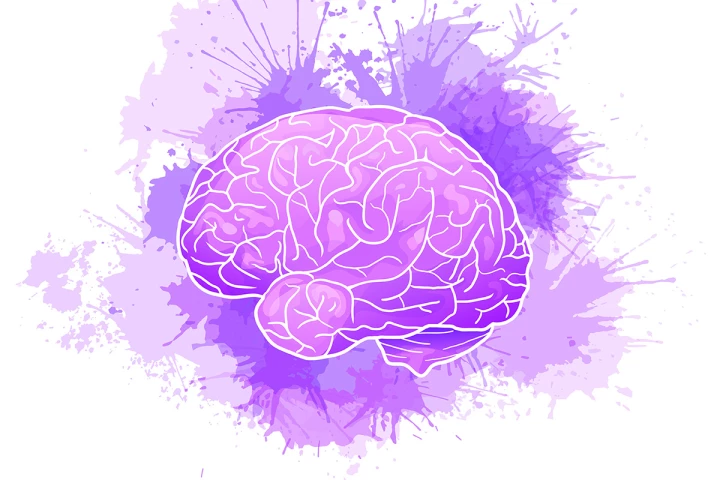Northwestern University
-
A cannabinoid our bodies produce naturally has been found to play a role in the fear responses characteristic of conditions like anxiety and PTSD. The discovery opens the door to developing a treatment that targets this specific chemical.
-
While many parents extol the virtues of breastfeeding, it can be hard to tell how much milk a breastfeeding infant is consuming. A new wearable device addresses that problem, using an electrical current to gauge milk intake in real time.
-
Did you know you emit gases through your skin? These vapors, which include CO2 and volatile organic compounds, can provide insights about your metabolic status, disease states, and overall health. A new wearable can help make sense of it all.
-
Engineers at Illinois' Northwestern University have developed the tiniest pacemaker you'll ever see. It's several times smaller than a regular pacemaker, and it's designed for patients several times smaller than the average pacemaker user.
-
You don't often find crowds flocking to take in the pungent scent of rotting flesh, yet that's just what happens when a corpse flower blooms at a public garden. But this iconic endangered plant is now facing a new threat – our aversion to paperwork.
-
Wouldn't it be cool to 'feel' a textured object, or perceive the sensation of running your hand over rich fabric in VR? That's what researchers at Northwestern University are hoping to achieve with their new wearable.
-
This strange white paste might not look like much, but it could not only solve the sand shortage, but make the cement manufacturing process absorb carbon dioxide instead of emitting it. Scientists grew this stuff out of seawater, electricity and CO2.
-
Researchers at Northwestern University have made a breakthrough in identifying a way for Alzheimer's disease to be treated far more effectively in the future – using the brain's own immune cells.
-
Tea has already been shown to reduce depression, reduce the risk of diabetes, and possibly even extend its drinkers' lifespans. New research now indicates that tea also removes toxic heavy metals from the water in which it's being brewed.
-
There could be new hope for people afflicted with the skin-discoloring disease, vitiligo. A new treatment reportedly works great on mice with the malady, and it utilizes a natural substance produced by beneficial gut bacteria.
-
In what they're calling the "highest density of mechanical bonds ever achieved," researchers created a super-strong flexible material that works very much like chainmail. The breakthrough has already demonstrated its ability to improve body armor.
-
Nearly half of US adults admit they’d take one of the newer, injectable weight loss drugs; that number falls significantly when they learn the weight might come back when the meds are stopped. It’s something that has medical professionals concerned.
Load More











